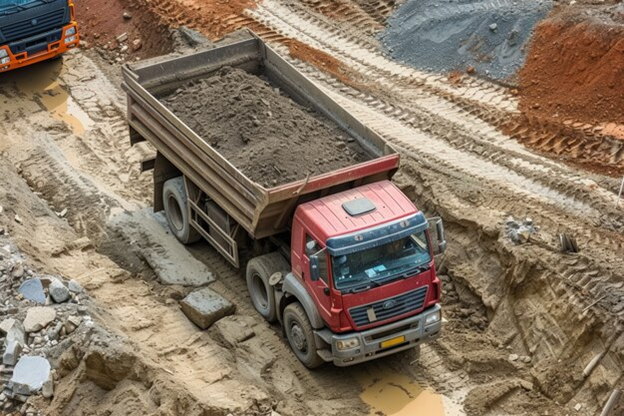
The Impact of Weather on Concrete Pumping and Mudjacking Projects
Weather conditions play a crucial role in the success of concrete pumping and mudjacking projects. Factors such as temperature, humidity, and precipitation can significantly affect the quality of the work and the efficiency of the processes involved. Understanding these impacts is essential for contractors and homeowners alike. This article will discuss how weather influences concrete pumping services and driveway mudjacking projects, providing insights into best practices for different weather conditions.
Effects of Temperature on Concrete Pumping Services
Temperature is one of the most critical factors affecting concrete pumping services. In hot weather, concrete sets faster, which can lead to challenges during pumping. When temperatures rise, the concrete mix can begin to harden before it reaches its intended location, resulting in blockages in the pump lines. To mitigate this, contractors often take precautions such as using retarders in the mix, which slow down the setting time, allowing for a smoother pumping process.
Conversely, cold weather presents its own set of challenges. When temperatures drop, the risk of the concrete freezing increases, which can compromise its strength and durability. In such conditions, contractors must ensure that the concrete is kept warm, often by using heated water in the mix or insulating the pump lines. Proper planning and preparation are essential to avoid delays and ensure the integrity of the concrete during colder months.
Humidity and Its Impact on Concrete Quality
Humidity levels can also significantly affect concrete pumping and mudjacking projects. High humidity can lead to slower evaporation rates, which may seem beneficial; however, it can also cause issues with the curing process. If the surface of the concrete remains wet for too long, it can lead to problems such as efflorescence, which is the formation of white, powdery deposits on the surface. This can affect the aesthetic quality of the finished product.
In contrast, low humidity can lead to rapid evaporation of moisture from the concrete surface, increasing the risk of cracking. To combat this, contractors may use curing compounds that retain moisture or cover the surface with wet burlap to keep it hydrated during the curing process. Understanding the humidity levels in the area can help contractors make informed decisions to maintain the quality of their work.
The Role of Precipitation in Mudjacking Projects
Precipitation, including rain and snow, can severely impact driveway mudjacking projects. Mudjacking involves pumping a mixture of water, soil, and cement under a sunken slab to raise it back into position. If rain occurs shortly after a mudjacking project, it can wash away the material used to lift the slab, undermining the effectiveness of the repair.
To minimize the impact of precipitation, contractors often check weather forecasts before scheduling mudjacking projects. They may also implement protective measures, such as covering the area with tarps or plastic sheeting, to shield the freshly pumped material from rain. Additionally, it is advisable to wait for dry conditions before performing mudjacking to ensure the best results.
Best Practices for Weather Considerations
To ensure successful outcomes in concrete pumping and mudjacking projects, contractors should adopt best practices tailored to the weather conditions. For hot weather, it is crucial to schedule pours during the cooler parts of the day, such as early morning or late afternoon. Using chilled water in the concrete mix and applying curing compounds can also help maintain the quality of the concrete.
In cold weather, contractors should prepare by insulating equipment and using heated enclosures for the concrete. Monitoring temperatures and adjusting the mix accordingly can prevent freezing and ensure proper curing. Additionally, using additives designed for cold weather can enhance the performance of the concrete.
Conclusion
The impact of weather on concrete pumping and mudjacking projects cannot be overstated. Factors such as temperature, humidity, and precipitation play significant roles in determining the success of these projects. By understanding these influences and implementing best practices, contractors can ensure high-quality results in various weather conditions. Whether utilizing concrete pumping services or performing driveway mudjacking, being proactive about weather considerations will lead to more successful outcomes and satisfied clients.



